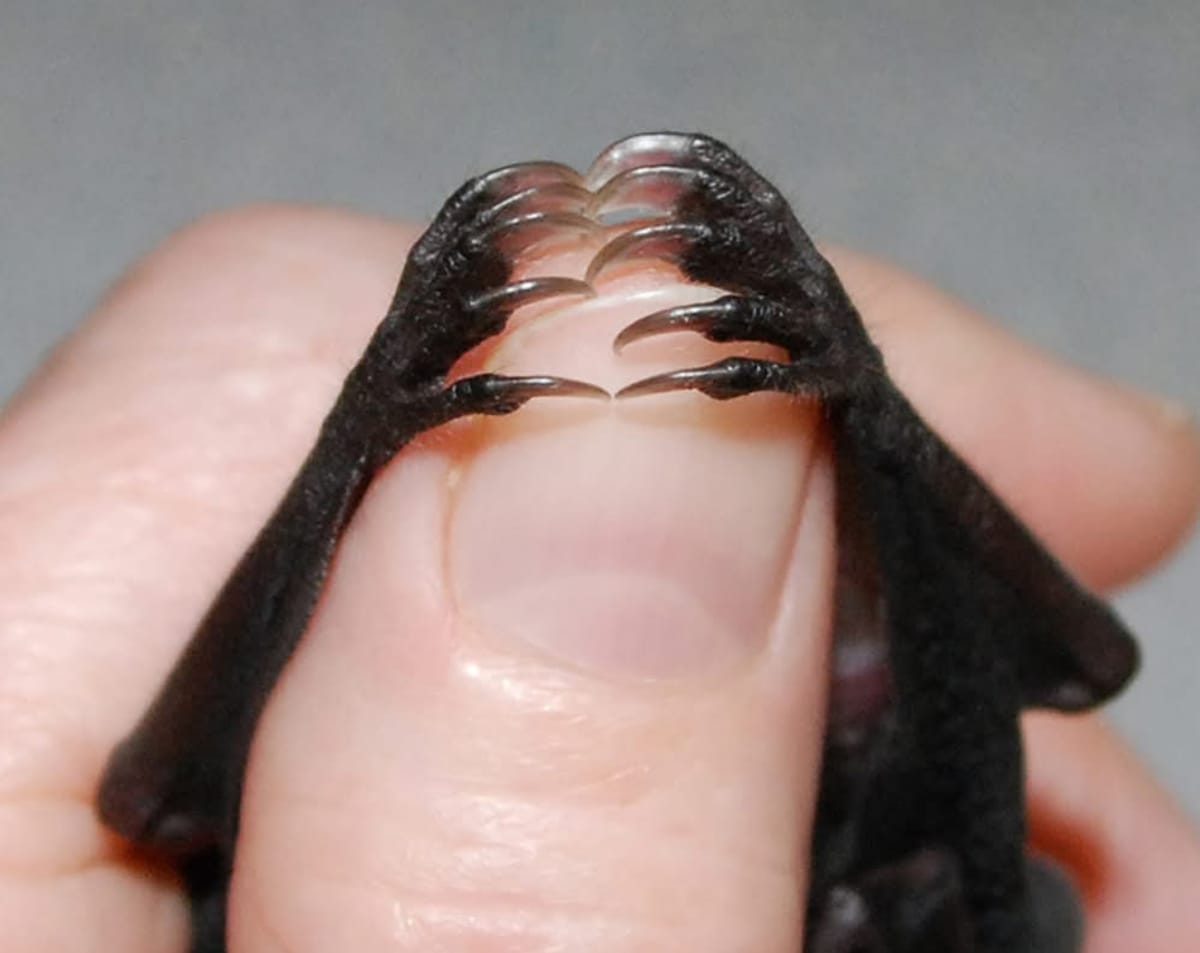In Defense of Bats: Nature’s Unsung Heroes

For centuries, bats have been cast in the wrong roles. They’ve been painted as villains in folklore, symbols of darkness in literature, and—most unfairly—villains of disease in modern headlines. But if you peel back the myths and look at the reality, bats are among the most remarkable, essential, and misunderstood animals on Earth. It’s long past time to give these winged wonders the credit they deserve.
Nature’s Pest Control
Let’s start with one of bats’ most practical contributions: pest control. A single little brown bat can eat up to 1,000 mosquitoes in just one hour. Multiply that across a colony, and you’ve got a night shift army working tirelessly to keep our backyards more comfortable and our farms more productive. In fact, scientists estimate that bats save U.S. agriculture more than $3 billion every year by reducing the need for pesticides. Without them, your grocery bill would be higher, your produce less abundant, and your evenings much itchier.
The Pollinators You Don’t See Coming
While bees and butterflies get all the fanfare, many plants owe their survival to bats. Nectar-feeding species like the lesser long-nosed bat pollinate agave (yes, the very plant that gives us tequila) and dozens of cacti and fruit trees across the globe. In tropical and desert ecosystems, bats are critical for maintaining biodiversity. They don’t just sip nectar—they move pollen from flower to flower while hovering like tiny, furry hummingbirds. Without them, we’d lose not just tequila but countless fruits, flowers, and cultural traditions tied to these plants.
Forest Planters of the Night
Bats don’t just pollinate—they plant. Fruit-eating bats disperse seeds across vast distances, often into cleared or burned areas where new growth is desperately needed. A single bat can scatter thousands of seeds in a single night, kickstarting forest regeneration in places like the Amazon. Think of them as reforestation drones, except natural, quiet, and free.
The Misunderstood Mammals
So why do bats get such a bad rap? Fear, mostly. Their nocturnal habits, leathery wings, and upside-down roosting just don’t match our usual image of “cute.” And yes, while some bats can carry diseases (as many animals do), they’re no more dangerous than the rodents, livestock, and even pets humans live alongside every day. Demonizing bats only leads to habitat destruction and reckless extermination, which ironically increases human risk by pushing bats into closer contact with people.
What They Need from Us
The reality is that bats are in trouble. More than 200 species are threatened or endangered. Habitat loss, pesticide use, wind turbines, and white-nose syndrome (a devastating fungal disease) have wiped out millions in North America alone. Protecting bats means protecting ourselves. Installing bat houses, preserving caves and forests, and supporting conservation efforts aren’t just feel-good measures—they’re practical steps for food security, healthy ecosystems, and disease control.
Embracing the DARK
Instead of fearing bats, we should celebrate them. They are engineers of balance, silent guardians of our crops, and pollinators of plants that bring joy (and margaritas) to our lives. They embody resilience, efficiency, and ecological generosity. The next time you see a shadow dart across the night sky, remember: you’re not looking at a villain—you’re looking at one of nature’s quiet superheroes.
It’s time we gave bats the respect they’ve earned. Not with fear, but with gratitude.
Julie Bolejack, MBA



